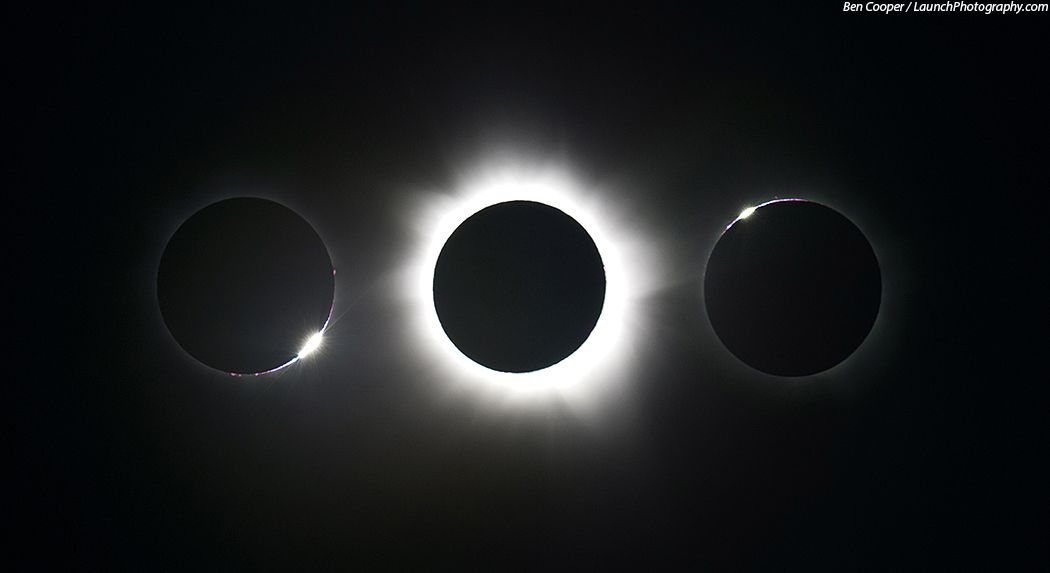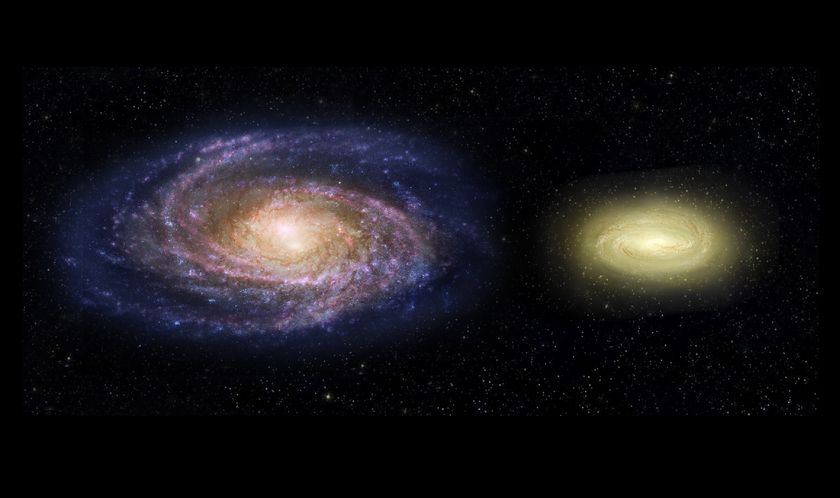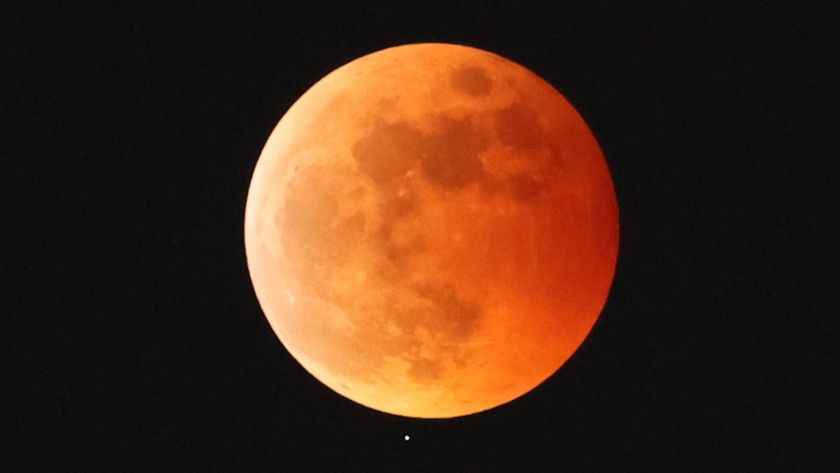This Week's Total Solar Eclipse: Science of the Celestial Event

Skywatchers, to your telescopes! This week, a total solar eclipse will put on a dramatic celestial show, darkening the skies over Southeast Asia in what will be the only total eclipse of the sun this year.
A solar eclipse occurs when the Earth, moon and sun are aligned on the same plane. As the Earth orbits around the sun and the moon orbits around the Earth, sometimes the moon passes between the Earth and the sun, blocking all or part of the sun's light. This week's eclipse will happen early Wednesday (March 9) local time in Southeast Asia (Tuesday, March 8, EST).
The total solar eclipse will begin over the Indian Ocean, casting a shadow over parts of Sumatra, Borneo and other islands, before moving east across the Pacific Ocean. While not in the so-called path of totality, some people in China, Japan, northern Australia, Hawaii and Alaska will be treated to a partial eclipse. [Sun Shots: Amazing Eclipse Images]
For details on when exactly to look out for the partial or total eclipse, skywatchers can consult NASA's interactive maps of the eclipse's path.
It's important to remember that you should never look directly at the sun with the naked eye or a telescope. To safely view the eclipse, you must use special solar glasses (available at hardware stores or local astronomy clubs) or build a pinhole projector. If you have a telescope, you should project the image, which means taking the eyepiece out and using a sheet of paper behind the telescope to catch the reflected image. When the sun's disk is completely blocked by the moon, you can briefly take off your glasses to witness this phenomenon.
NASA scientists are planning to study the March eclipse, which will help researchers refine techniques for the upcoming total solar eclipse on Aug. 21, 2017, which will be visible to skywatchers in North America. This event, nicknamed "The Great American Eclipse," will be the first time since 1979 that a total solar eclipse will be visible from the lower 48 states of the U.S., reported Space.com. [See an animation of this week's solar eclipse]
A total solar eclipse lasts for just a few minutes (the longest one ever recorded lasted 7 minutes). Partial eclipses last much longer. Another type of eclipse — an annular eclipse — happens when the moon is at its furthest point from the Earth. Its apparent size is too small to cover the sun's disc, and this creates a ring around the moon. Every year, between two and five solar eclipses occur.
Sign up for the Live Science daily newsletter now
Get the world’s most fascinating discoveries delivered straight to your inbox.
If you don't live in Southeast Asia, there are still ways to experience this week's solar eclipse. The Slooh Community Observatory is hosting a live webcast beginning March 8 at 6 p.m. EST (2300 GMT) until 9 p.m. EST (2600 GMT). You can also watch the webcast live on Space.com, courtesy of Slooh.
Follow Live Science @livescience, Facebook & Google+. Original article on Live Science.

Elizabeth Howell was staff reporter at Space.com between 2022 and 2024 and a regular contributor to Live Science and Space.com between 2012 and 2022. Elizabeth's reporting includes multiple exclusives with the White House, speaking several times with the International Space Station, witnessing five human spaceflight launches on two continents, flying parabolic, working inside a spacesuit, and participating in a simulated Mars mission. Her latest book, "Why Am I Taller?" (ECW Press, 2022) is co-written with astronaut Dave Williams.
Most Popular




